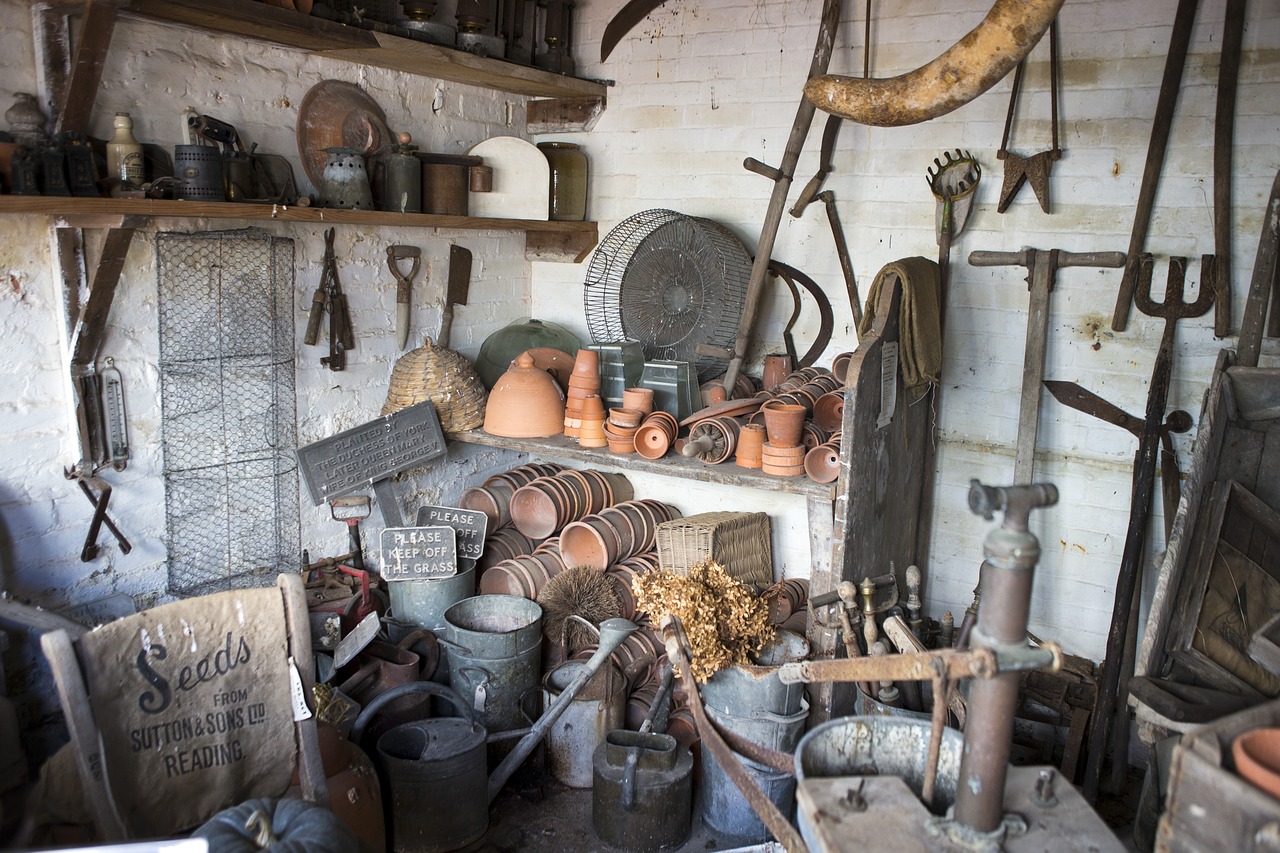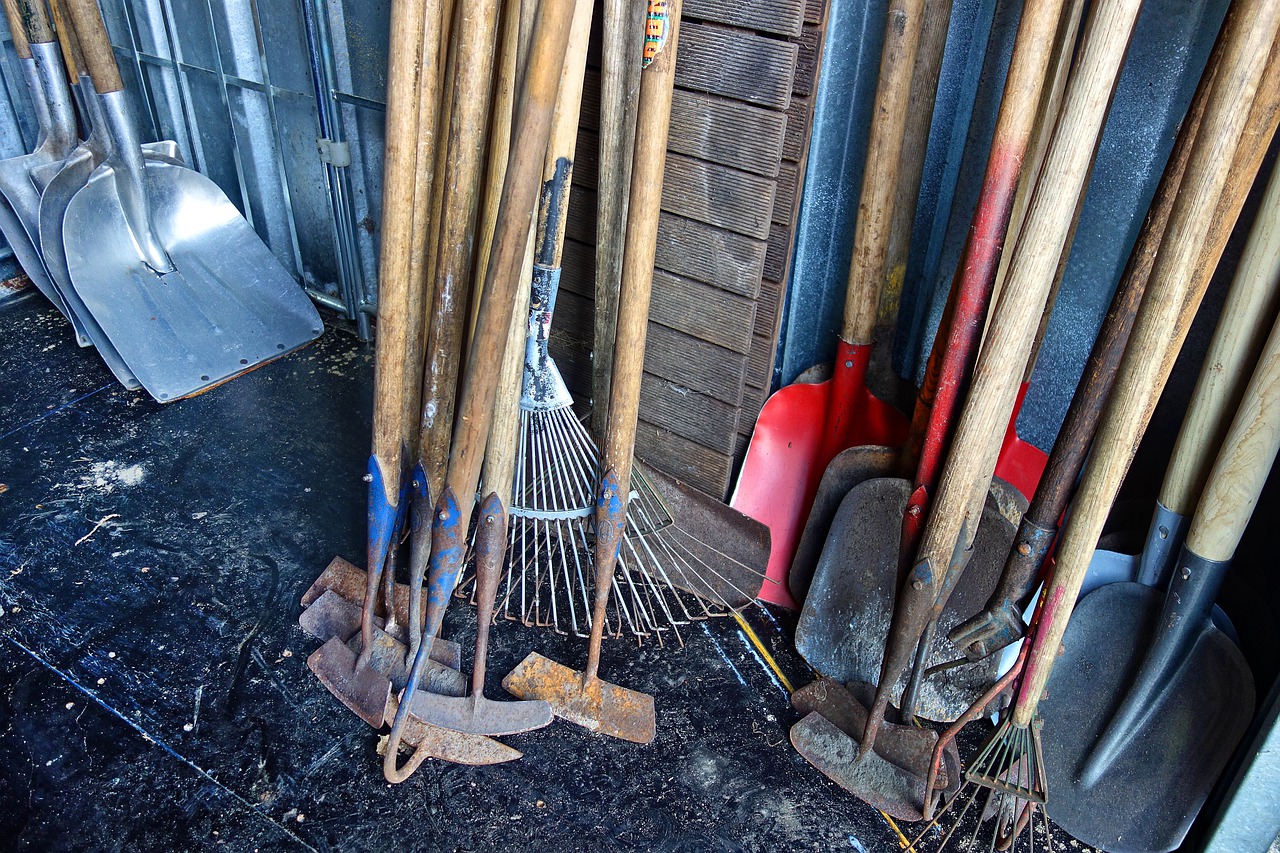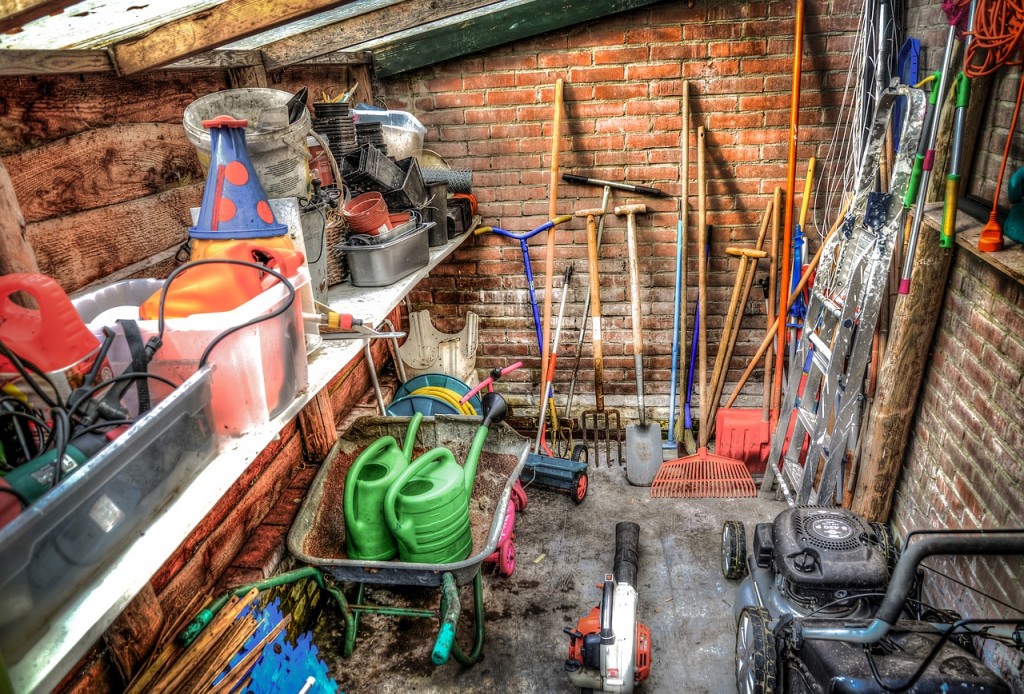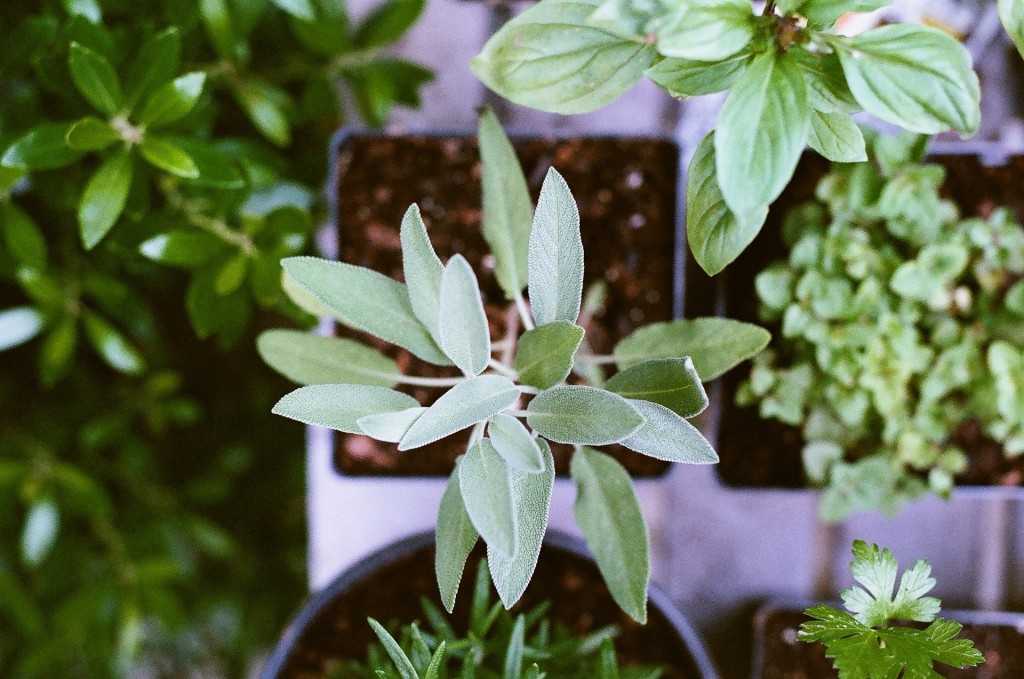Garages and garden tool sheds are some of the more difficult areas of your home to pack up due to a large number of items stored there. The items stored in garages and tool sheds can also be difficult to pack because they are often sharp, heavy and oddly shaped. If you follow the tips (more here) and tricks from these cheap movers, you can pack up your garage and tool shed properly and efficiently. Then, you can tackle the rest of your packing.
Step One: Gather Necessary Packing Supplies
Because of the unique nature of the items in your garage and garden tool shed, you will need to make sure you have the proper packing materials before starting. These materials include:
- Boxes of various shapes and sizes
- Bubble wrap for protecting items
- Paper for filling in extra spaces
- Moving blankets for large items
- Packing tape for securing boxes

Step Two: Remove Hazardous Materials
Garages and tool sheds are filled with hazardous materials that are not safe to move. Moving companies are not allowed to move the following items for safety reasons:
- Paint and paint thinner
- Propane tanks or charcoal
- Fertilizers, pesticides and other chemicals
- Gasoline
- Hazardous cleaning supplies
- For this reason, you want to dispose of these materials properly before moving.
Step Three: Pack Hand Tools and Other Small Tools
Pack hand tools into small moving boxes rather than large ones to ensure the boxes do not break and are not too heavy to lift. Your smaller tools, such as screwdrivers, hammers, pliers, and wrenches, can be placed in your tool box. Just fill any empty spaces in the toolbox with packing paper to keep your tools from moving around.
If you still have the containers, your power tools came in, pack them inside of these and then place the containers in a small moving box. For tools without the original container, make sure to wrap up the sharp and pointy parts with lots of bubble wrap, or towels and tape.
Step Four: Pack Garden Tools and Supplies
Wrap garden tools with sharp parts, such as hedge trimmers or garden shears, with bubble wrap and pack these into small moving boxes. Ceramic planters or flower pots should be packed securely with lots of bubble wrap to prevent breakage. Larger garden tools, such as rakes, shovels, and brooms, should be bundled together using rope or tape, and then wrapped in a moving blanket.

Step Five: Packing Large Items
Lawnmowers and other fuel-powered tools must be emptied of all liquids before moving. When packing the spark plugs, wrap them with lots of cardboard and secure them to the moving truck on moving day to prevent breakage and damage to other items. Before packing up your grill, dispose of any charcoal and hose down the grill to get rid of any grease or soot.
Read More




